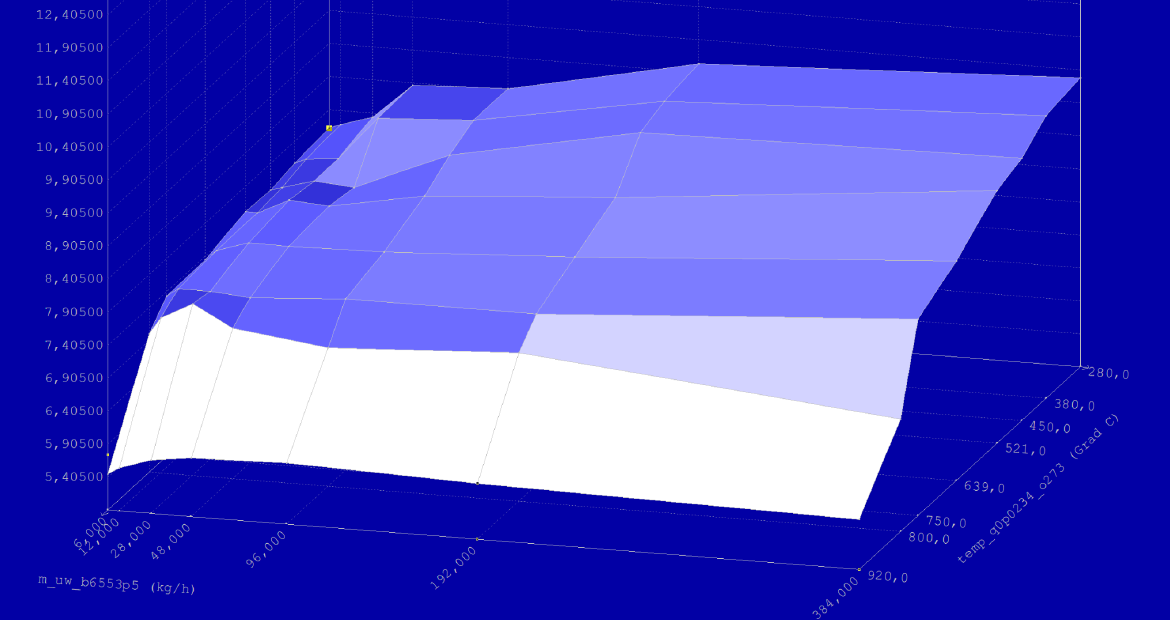

As early as 2022, unless you were living as a recluse in a dark cave or on a desert island, you already had an inkling of the growing impact of artificial intelligence… but the trend continued to gain solid ground in 2023. Nowadays, it is everywhere, mainly resulting from considerable advances in computing power, and AI is driving large-scale technical achievements. One of its latest major successes has been the significant evolution of language models, an innovation that promises to revolutionise our habits and improve our efficiency.
The Historical Context of AI Development
It is important to note, however, that AI is nothing new: the language model underlying chatGPT may seem like a sudden revolution, but mathematical AI-based models have been around for years, e.g. artificial neural networks (ANNs), support vector machines (SVMs) and clustering algorithms, just to name a few.
The group to which WOT belongs has been actively involved in research and development in the field of artificial intelligence since 2016, specialising in engine calibration optimisation. Our R&D department currently has around ten members, mainly computer science and mathematics engineers. To better understand their work, we have listed a few basic concepts that must be clarified.
Understanding the Engine Control Unit (ECU)
It is important to know that all vehicles are equipped with an engine control unit (ECU), a computer with memory, processor and connectors, all housed in metal casings that meet automotive standards for heat and humidity resistance, among others.
WOT uses a tool designed to read data from the engine control unit, data which is referred to as "engine calibration." This calibration is a binary file of around 8 MB which governs the correct operation of the engine, whether electric, combustion or hybrid.
To enable engine calibration and allow engineers to modify these values, editing software offers 2D and 3D representation.

This screenshot illustrates how an engine calibration is represented using editing software, with 2D maps that can also be accessed in 3D:

Empowering Development Engineers with AI
The role of development engineers is to create systems able to recognise engine calibration maps. Although humans can identify a map and determine the parameters to be modified, AI software can speed this task up considerably.
But why use artificial intelligence in engine reprogramming? Contrary to what you may think, an engine does not have a single calibration. There can be up to 1,000 calibration variants for a single engine depending on the standard used, options, engine itself and updates.
Streamlining Homologation Processes with AI in Engine Calibration
As WOT specialises in homologated engine reprogramming, the company had to supply a reprogrammed vehicle with its own engine parameters to Rhineland’s Technical Inspection Association (“TÜV Rheinland”) for homologation. Once approval is granted, it is imperative that the changes made are reflected in all the other calibrations compatible with the engine submitted to TÜV. To avoid having to intervene manually on the 1,000 engine calibration variants, AI programmes recognise the changes implemented by WOT and then applies them to as many similar calibrations as possible. This reduces the manual workload involved in adapting the modification parameters to the different variants by up to 30 times!
Ensuring Compliance and Accuracy in Engine Modifications
Just as car manufacturers must maintain complete lists of all modifications made to an engine, artificial intelligence allows WOT to ensure its engine calibration databases are up to date. The level of precision regarding the modified parameters is such that it lowers the risk of human error and guarantees compliance with the parameters previously validated during the homologation procedure.

